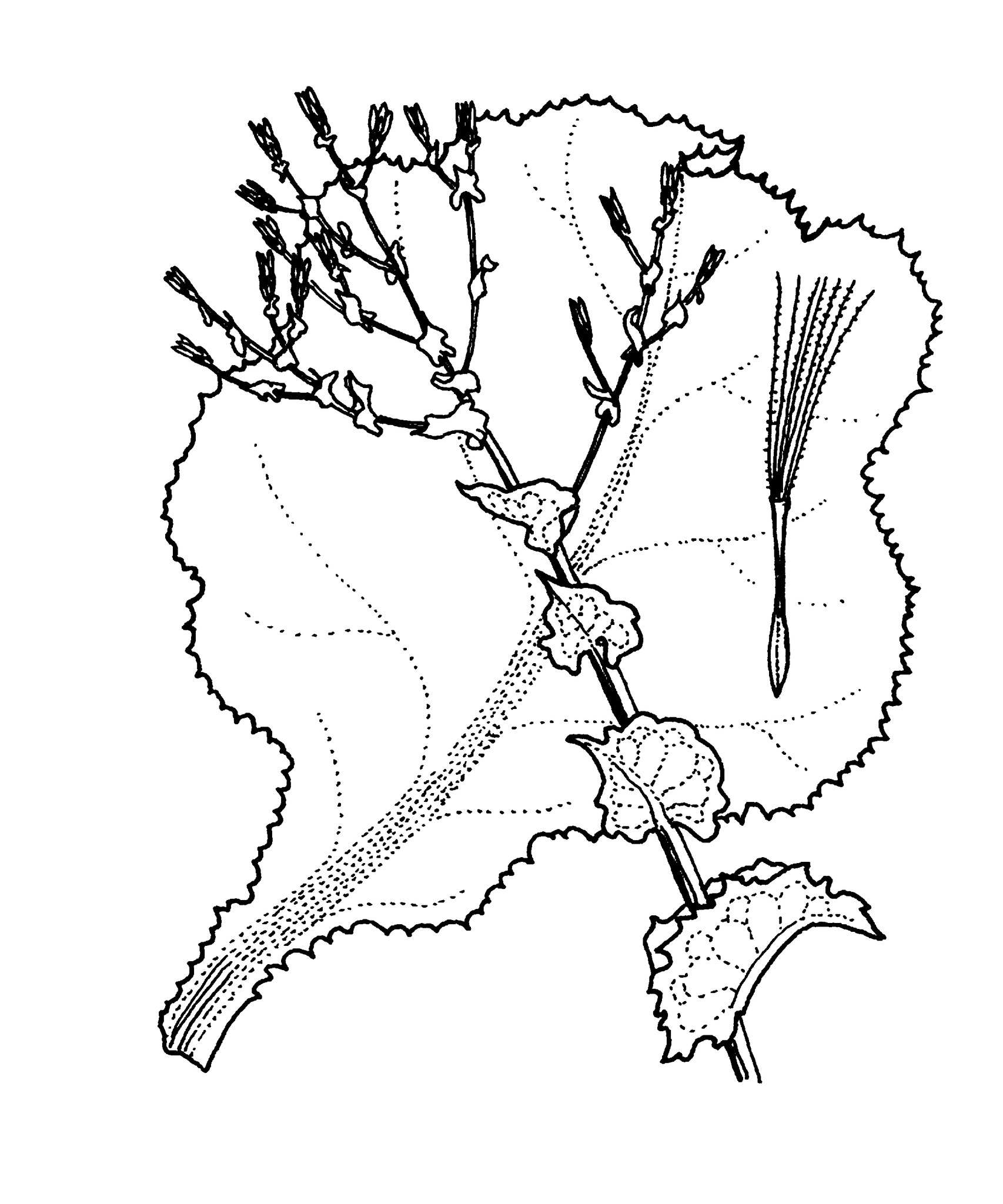
Latin lac — milk, an allusion to the milky latex exuded by the plants.
Annual, biennial or perennial herbs or subshrubs, rarely climbers, glabrous to hairy. Stem usually solitary, branched. Leaves basal and along stems, alternate, variable, margins entire to divided, sessile or petiolate. Capitula radiate, terminal or axillary, few or many together in irregular corymbs or panicles, with or without stalks. Involucral bracts in many rows, overlapping, unequal. Receptacle pitted, flat. Florets bisexual, ligulate, yellow. Achenes elliptic to obovate, compressed, ribbed, beaked. Pappus of many fine, barbed bristles.
Three species have become naturalised in Australia.
Numerous small capitula in terminal panicles or spikes; achene usually prominently beaked.
About 75 species from Europe, Asia, Africa and N America.
Lindqvist (1960).
Source: (2002). Dahlia. In: . Horticultural Flora of South-eastern Australia. Volume 4. Flowering plants. Dicotyledons. Part 3. The identification of garden and cultivated plants. University of New South Wales Press.
